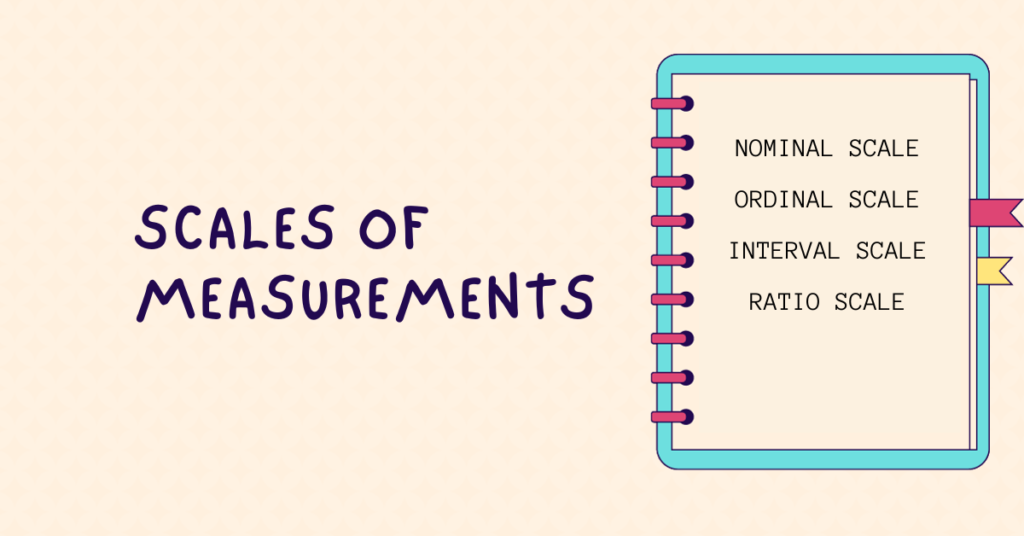Scales in sociology are tools that measure or order entities with respect to quantitative attributes or traits. They are often used to assess people’s attitudes, opinions, behaviors, or personality characteristics. There are different types of scales that vary in their level of measurement, construction method, and statistical analysis. Here are some examples of scales in sociology:

Likert scale:
This is a type of ordinal scale that uses a set of statements with response choices ranging from strongly agree to strongly disagree. The responses are assigned numerical values and summed up to obtain a total score for each respondent. Likert scales are commonly used to measure people’s views and opinions on social issues, like racism and sexism, or how important certain issues are to them in the context of a political election.
This is a type of ordinal scale that measures the willingness of people to participate in social relations with other kinds of people. The scale presents a series of social situations, such as working with, marrying, or living next door to someone from a different group, and asks respondents to indicate the closest group they would accept for each situation. The groups are ranked from most to least acceptable, and the scores are averaged to obtain a measure of social distance.
Thurstone Scale:
This is a type of interval scale that uses a set of statements that are rated by judges according to their degree of favorability or unfavorability toward a certain attitude object. The statements are then assigned numerical values based on the judges’ ratings, and administered to respondents who indicate their agreement or disagreement with each statement. The responses are weighted by the statement values and summed up to obtain a total score for each respondent.
Guttman Scale:
This is a type of ordinal scale that uses a set of statements that are ordered by their degree of difficulty or extremity. The statements are administered to respondents who indicate whether they agree or disagree with each statement. The responses are expected to follow a cumulative pattern, such that if a respondent agrees with a statement, he or she also agrees with all the preceding statements in the scale. The number of statements agreed with by each respondent is used as a measure of the intensity of the attitude.
These are just some examples of scales in sociology. There are many other types and variations of scales that can be used for different purposes and research questions. Scales can be useful for measuring abstract concepts that are not directly observable, but they also have limitations and challenges, such as validity, reliability, bias, and ethical issues. Therefore, it is important to choose the appropriate type of scale for one’s research objectives and to follow the best practices for scale construction and analysis.
Recommended Books
- Haralambos & Holborn, Sociology: Themes and Perspectives
- Giddens & Sutton, Sociology
- Ritzer, Sociological Theory
- Coser, Masters of Sociological Thought: Ideas in Historical and Social Context
- Kothari, Research Methodology: Methods and Techniques

